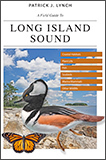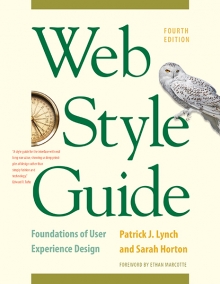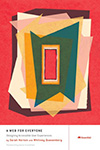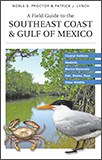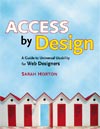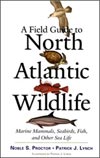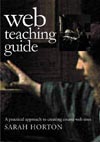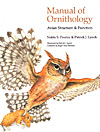- book contents
- chapter contents
- previous page
- next page
Preface
We have come a long way—Web Style Guide and the World Wide Web. The first version of Web Style Guide was a web site called the Yale c/aim Web Style Guide posted in 1993, just as the world outside computing and academia began to notice the new medium and the Internet in general. The early web was sorely lacking in aesthetics but exploding with potential. Web Style Guide provided much-needed guidance on structure and design based on several decades’ worth of experience with print, hypermedia, and multimedia design and authoring.
In 1997 we updated the Web Style Guide site to reflect the maturing design trends and changes in web technology. In the web a novel landscape opened up, like a new continent rising from the sea, ready for explorers and builders. People from the arts, publishing, and dozens of computing disciplines poured in, enriching the web and pushing out the boundaries of what might be possible while bringing the wealth of centuries of media and design culture along with them. The web changed to accommodate these new settlers, whose expectations for what could be achieved in the web environment often outstripped its capabilities. This was a time of significant progress in visual design and interface sophistication, but at the cost of standardization and accessibility.
In 1999 we produced the first print edition of Web Style Guide. The web site had gained a significant following as more and more organizations turned to the web as their primary means of communication. People with little or no background in design were assigned the responsibility for web site development, and they looked to Web Style Guide for calm, reassuring, and practical guidance. For many, the slim and straightforward Web Style Guide was a welcome relief from the esoteric, hyperactive, and voluminous books that lined the shelves in the Web Design section of their bookstores.
Since its inception as a web site in 1993 and into this third edition, Web Style Guide has presented solid design advice based on classic design principles, acknowledging the possibilities and limitations of current web technology while trying not to let the media confetti overwhelm good sense and an information-oriented aesthetic. Thanks to enormous advances in html, Cascading Style Sheets, and the “web standards” philosophy for building sites, this edition does not contain sections on cross-platform issues or special techniques for making web sites accessible to people with disabilities. Given where we are with web technology, we can finally concentrate on good design and content, knowing that we have the tools on hand to make the web a friendlier, more efficient, and more productive place to read and work.
In this third edition of Web Style Guide, and the nineteenth year of the World Wide Web, we celebrate how far we’ve come and how much we can do to make the web accessible to and usable by everyone.
- book contents
- chapter contents
- previous page
- next page


